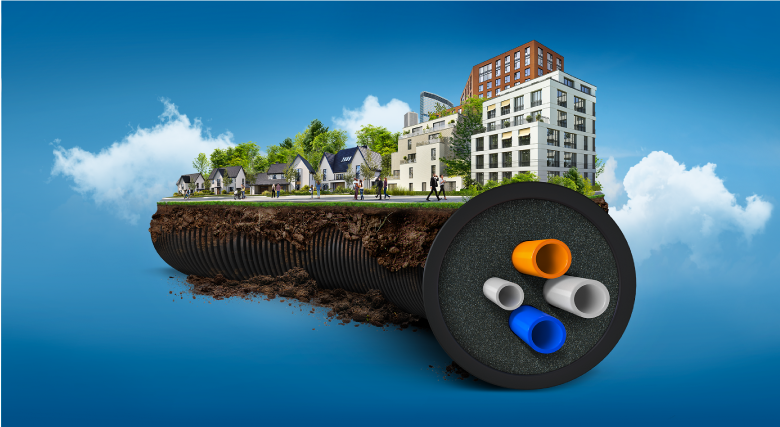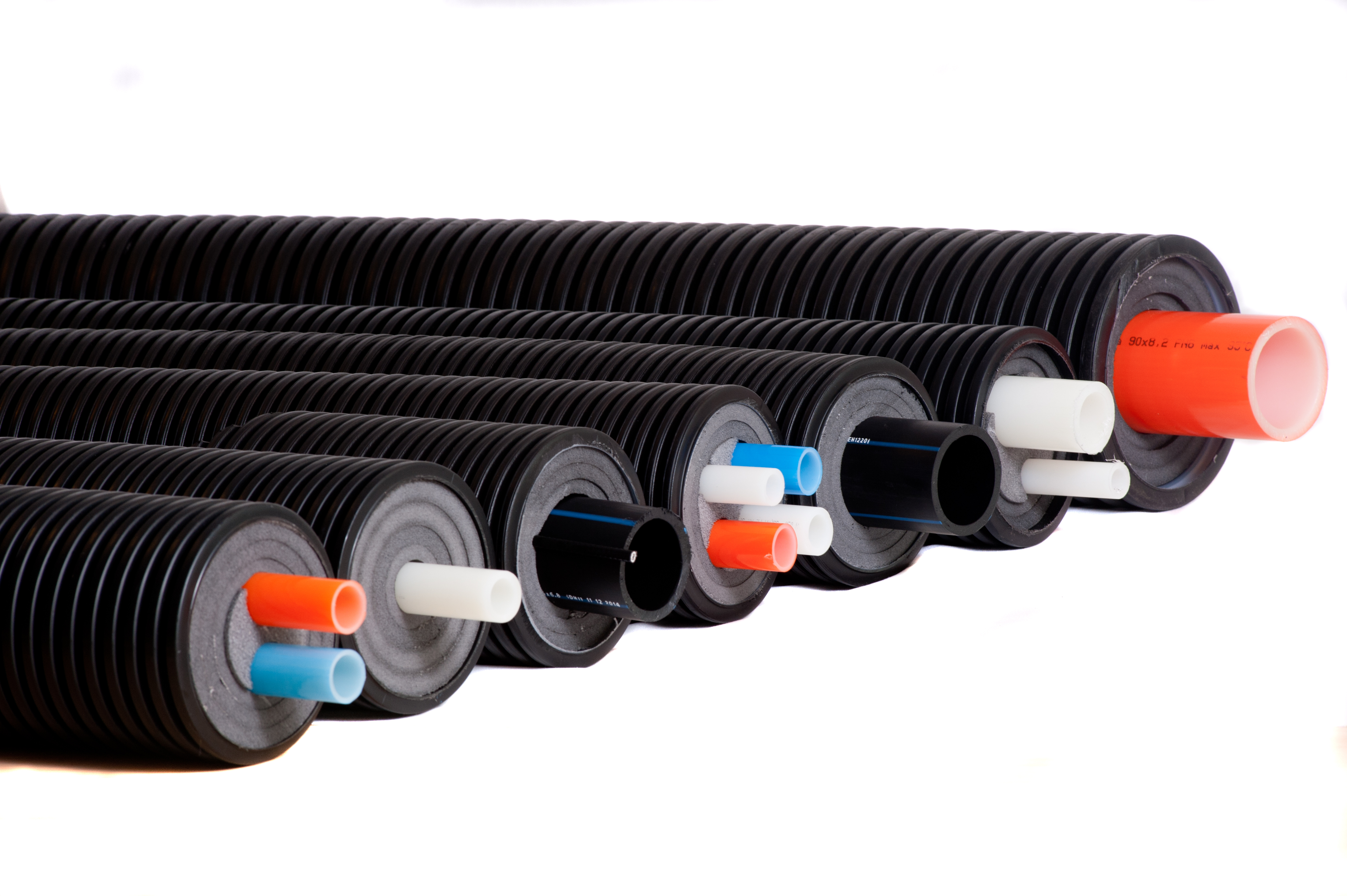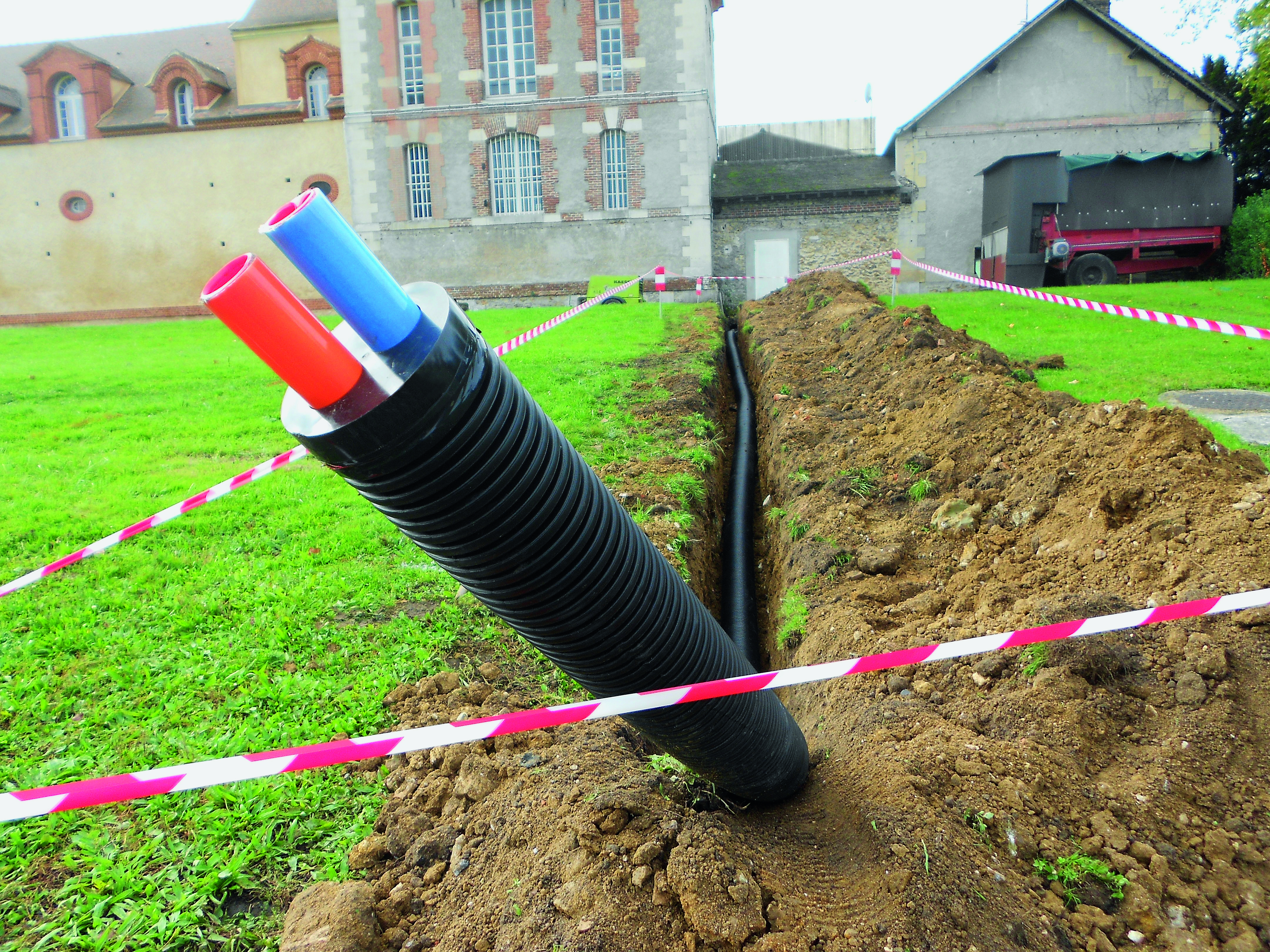Heating up your infrastructure: Exploring the benefits of pre-insulated piping in heat networks
Monday 6th March 2023

According to research carried out by the Home Builders Federation, sustainability is now a key driver in people’s home buying choices.
The survey reveals that 73% of respondents are worried about the energy performance of their current home, and 24% say that energy efficiency will be “crucial” to their next home move.
This survey is released in the build-up to the long-awaited amendments to Part L of the Building Regulations which will come into force in June, and increases the pressure on traditional heating sources already under scrutiny.
To meet the building regulation standards, new properties will need heating systems that have a flow temperature of 55°C or below, suggesting low temperature heat sources, heating systems, and heat networks will become integral to the government’s plans to achieve reductions in carbon emissions.
The increase in heat network projects will mean more contractors will have to become familiar with the technology.
Polypipe Building Products, for example, can advise on which pre-insulated pipes are needed for each part of a project, as well as any testing that needs to be done.

Available options include:
- Single and Double Heating Pipe - For the distribution and transportation of warm water from heating source to home to the buried distribution network.
- Quadruple Heating and Sanitary Waste Pipe - For the transportation of heating water and sanitary hot water in buried distribution networks connecting the heat source with its points of use.
- Single and Double Sanitary Waste Pipe - For the transportation of hot and cold sanitary water from homes connected to district heat networks.
- Single Cool Pipe and Single Cool Pipe with Frost Detection - For the transportation of cold potable water, cooling water, waste water or other fluids buried in distribution networks.
Our solutions are cross-linked polyethylene PE-Xa pipes, which are flexible, and colour coded, to enable easy identification of flow and return during installation; some even come equipped with mounted dust or shrink end caps.

Laying pipework
A pre-insulated pipe can be laid into a trench directly from the coil but, to avoid damaging its outer HDPE jacket, always remove all sharp objects from the ground, and lay the pipe in a sand bed.
When laying pipes of larger dimensions and lengths, pulling devices such as winches or tail-end rollers may be used. Always connect these devices to the medium pipe.
Roll the pipe alongside or straight into the trench, ensuring that you keep the stated bending radius. For double pipes, the flow and return must be laid on top of each other.
We recommend that you install identification markers on the pipe network and all branches, and you must conduct a pressure test and fill in a report before backfilling.
Partially fill the trench with a first layer and backfill only after fully covering the pipes with sand, all the while respecting the minimum layer dimensions indicated in the trench dimension drawing. The filling material must be compacted layer per layer until it is 500mm deep, at which point the coverage may be compacted by machine.
All pipe systems intended for potable (drinking) water and other sanitary domestic tasks, such as washing and showering applications, should always be thoroughly rinsed before they are commissioned, in accordance to WRAS requirements.
The installation of adequately anchored fix points at the system’s extremities (typically at wall penetrations) is mandatory. This is to secure the connected plumbing against the potential impact of the systems dilatation forces (thermal expansion/retraction).
To find out more about our Heat Network solutions visit Heat Networks | Polypipe


